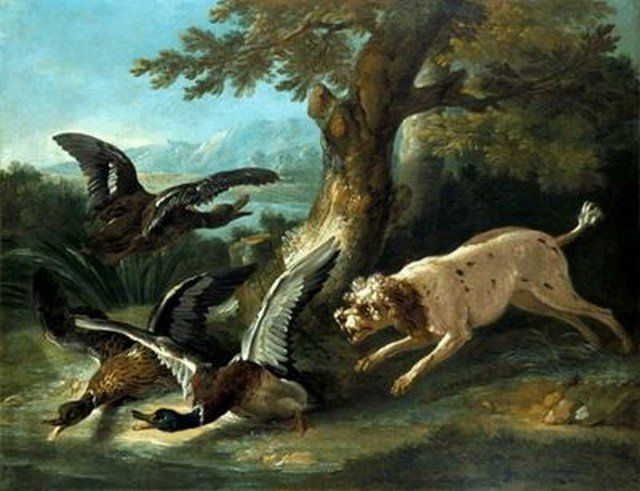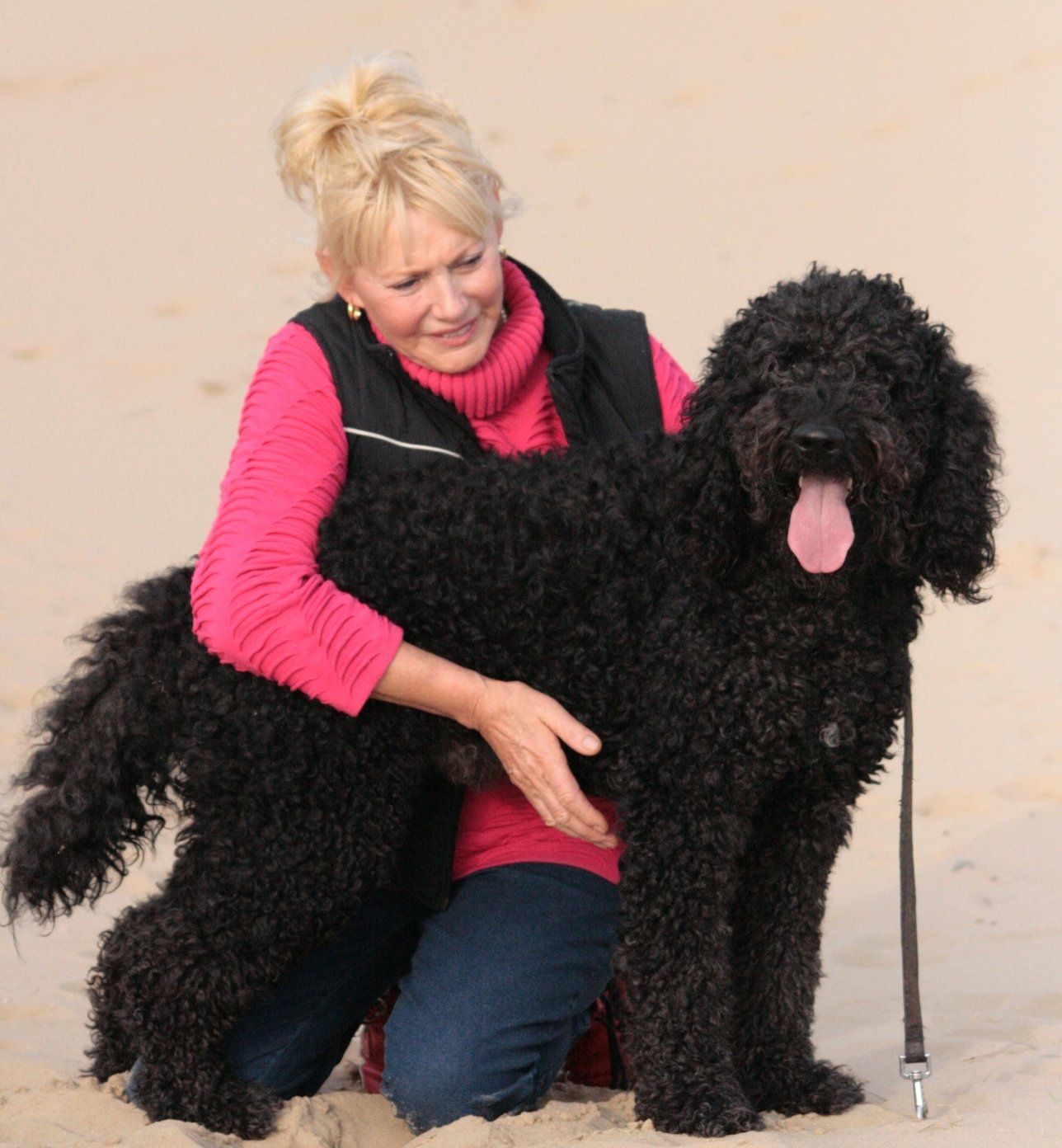The Barbet, an amazing story!
The question of the origin of a race is almost always impossible to
establish. Overall, consider that the races of
dogs are as artificial as
the boundaries of men, and let us start from the fact that, in the Middle Ages, it is by the term
"barbet", meaning bearded, which is a French version of water dog. It
This is a dog with long, curly hair that is particularly well adapted to water and the climate.
rigorous. Written and iconographic sources suggest that it is widespread in
Western European regions incorporating bird-friendly biotopes
aquatic: at the time, marshy areas were much more widespread
than today!
Thus, it is not possible to attribute a precise geographical origin to water dogs, even
if their early designation in the French language constitutes an indication rather than a real one
argument. This is why we speak today of the barbet as the only water dog
French.
In 1694, the Dictionary of the French Academy attests that the expression "crotté comme un barbet" was established in everyday language; but we also say of a man who follows another everywhere, "that he follows him like a barbet." In the 17th and 18th centuries, it was very present in French literature and iconography. Throughout the 1st Empire, in France, the popularity of the barbet was particularly great within the regiments and many soldiers took their dog on campaign. It should be noted that at the time "poodle" and "barbet" represented, in the eyes of most people, the same dog! For a grognard of the Grande Armée, a large and fat poodle, well curly and well-dried, became a barbet and vice versa; hence a certain confusion.
At the beginning of the 19th century, the Barbet was also used on board ships. It was used to retrieve seabirds that were killed, or anything that might fall into the sea. While its descendant, the Poodle, enjoyed success, the rustic Barbet suffered a significant loss of popularity in the 20th century. The final blow to the breed was dealt by various factors: - the decline of waterfowl hunting. - the fashion for more versatile or English hunting dogs. - the elegance and refinement of Poodles. - and finally, the demands of its grooming.
In the 13th century, our regions were still covered with immense forests and agriculture was relatively underdeveloped. On the other hand, hunting occupied a large place and was reserved for the nobility who owned mastiffs and perhaps greyhounds. The "barbet" dogs were herd guardians, retrievers and therefore omnipresent in the countryside. Over the centuries, different types or families were formed: spaniels and other "spaniels", Portuguese water dogs, Newfoundlands, shepherds, griffons, briards, poodles, etc.
One of the oldest and most precise mentions of the Barbet is found in a collection of tales from 1580: "The new factory of excellent traits of truth." by the monk Philippe Le Picard. In it, he describes the "Barbet dog," "the most vigorous, the noblest, the most skillful, the kindest and the best trained that can be seen, even when it is to go to the water and catch any game."
And it almost disappeared completely; it was not until 1980 that a few lovers of this dog founded the Club of the Barbet and other water dogs. "Re-breeding" with the poodle and other dogs of unknown origins allowed a restart of production which led in 1986, then in 1999 to the official publication of a new Breed Standard. Since then, little by little, the big brother of the poodle has reappeared in our streets, our forests and ... our podiums. But one thing is certain, there is no old or new barbet, there is only one kind of barbet which is the fruit of many breeders in love with the breed.






